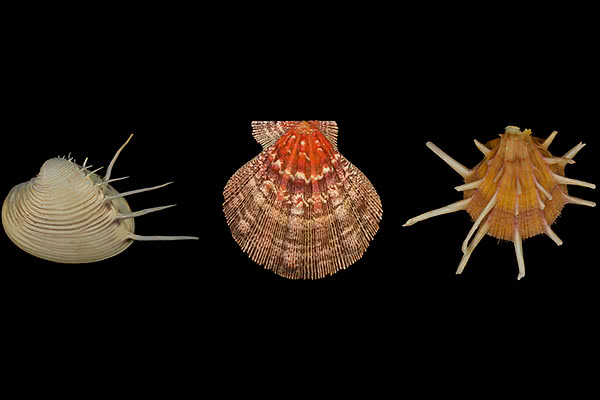
Full Text:
Sixty-five million years ago, clouds of ash choked the skies over Earth. Dinosaurs, along with about half of all the species on Earth, staggered and died. But in the seas, a colorful population of marine bivalves -- the group including oysters, clams and scallops -- soldiered on, tucked into the crevices of ocean floors and shorelines.
Though they also lost half their species, curiously, at least one species in each ecological niche survived. Strangely, the scientists said, nothing of the kind is seen in a different kind of biodiversity loss: the loss of species today as you move from the warm tropics to the chillier poles. The number of species drops 80 to 95 percent from the tropics to the cold, snowy north and south, and functional variety also declines by 50 to 60 percent. Thus losing diversity due to changed environment is entirely possible -- all the more reason why it’s strange to see such a pattern of survival in mass extinctions.Image credit: Stewart Edie/University of Chicago